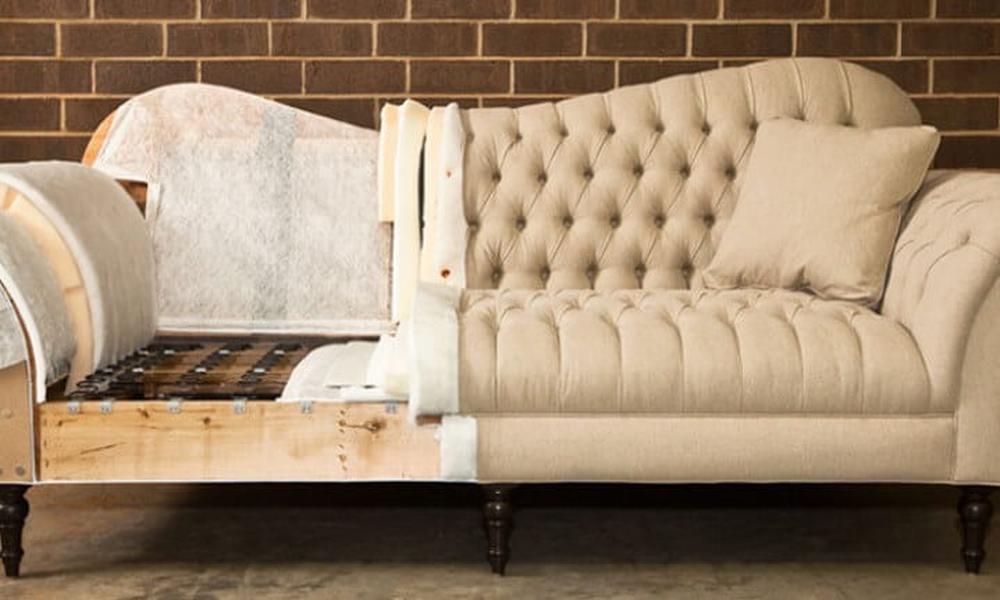Upholstery refers to the soft, padded covering on furniture such as sofas, chairs, and ottomans. It is a crucial element in interior design, as it not only adds comfort and functionality to a space but also plays a significant role in the overall aesthetic of a room.
Upholstery fabrics come in a wide range of colors, patterns, and textures, allowing interior designers to create a personalized look and feel for a room. The right upholstery can complement the room’s overall color scheme, enhance its style and atmosphere, and even convey a sense of luxury or comfort.
The material used for upholstery can range from natural fibers like cotton, wool, and silk to synthetic fabrics like polyester and microfiber. While natural fibers offer a more luxurious feel, synthetic materials are more durable and easy to clean, making them a practical choice for high-traffic areas.
When selecting upholstery, interior designers must consider the function of the furniture and the lifestyle of the homeowners. For example, a family with children and pets may need a more durable and stain-resistant fabric, while a couple with no kids may prefer a more delicate, luxurious fabric.
Overall, the right upholstery can transform a room, elevating its style, and enhancing its functionality.
What Are the Different Types of Upholstery Techniques?
Upholstery is a highly skilled craft that involves various techniques to create beautiful and functional pieces of furniture. Here are some of the most common upholstery techniques used in interior design:
- Button Tufting: This technique involves creating a series of folds in the upholstery fabric and securing them with a button, giving the furniture a classic and elegant look.
- Channeling: Channeling is a technique used to create vertical or horizontal grooves in the upholstery fabric, adding texture and visual interest to the furniture.
- Welt Cord: This technique involves wrapping the upholstery fabric around a cord and then securing it to the furniture with stitching. Welt cord adds a finished look to the furniture and can be used to accentuate the shape and lines of the piece.
- Quilting: Quilting involves stitching together multiple layers of fabric to create a unique texture and design. This technique is often used on headboards, ottomans, and other accent pieces.
- Tacking: Tacking involves securing the fabric of the furniture with decorative nails or staples, adding a decorative touch to the piece.
How Can You Incorporate Upholstery into Your Interior Design?
Upholstery is a versatile and exciting element in interior design, allowing you to customize your furniture and add personality to your space. Here are some ways you can incorporate upholstery into your interior design:
- Statement Pieces: Consider using upholstery to create a bold statement piece of furniture. Choose a vibrant color or pattern to make your sofa, chair, or ottoman the focal point of the room.
- Coordinated Colors: Use upholstery to tie the room’s color scheme together by choosing fabrics that complement or contrast with the room’s walls, flooring, and other furnishings.
- Texture: Add visual interest to a room by incorporating upholstery with different textures, such as a velvet sofa or a woolen accent chair.
- Mixed Patterns: Don’t be afraid to mix and match different patterns in your upholstery. Consider pairing a floral sofa with striped accent chairs or a plaid ottoman with a geometric rug.
- Repurposed Pieces: Consider reupholstering a vintage piece of furniture to give it a new lease of life. This not only allows you to create a unique and personalized piece but also contributes to sustainability by reducing waste.




